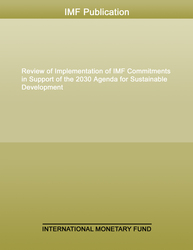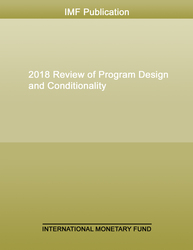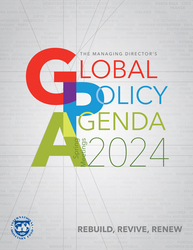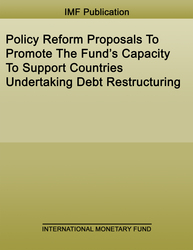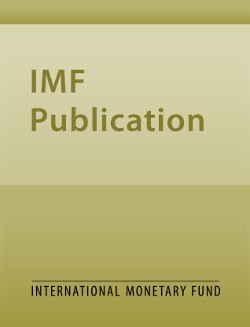
Precautionary Arrangements - Purposes and Performance
This paper compares experience under precautionary and non-precautionary programs over the period 1992-2005, with a view to answering two questions: Are there systematic differences between precautionary and non-precautionary programs in terms of policies, conditionality, or macroeconomic outcomes? And, if so, are these attributable to the nature of the arrangement or to the economic problems facing the member and the circumstances that led it to seek the Fund’s support? The paper finds that countries with weak initial macroeconomic performance tend to request drawing programs whereas those with stronger macroeconomic fundamentals, but facing economic uncertainties, favor precautionary programs. While significant differences exist in the behavior of key macroeconomic variables (output growth and inflation) at the outset of the programs, these differences tend to disappear over the following two to three years, and can be largely explained by the different initial conditions facing the member.
Publication date: March 2006
ISBN: 9781498332866
$0.00
Add to Cart by clicking price of the language and format you'd like to purchase
Available Languages and Formats
| English |
Prices in red indicate formats that are not yet available but are forthcoming.
Topics covered in this book
This title contains information about the following subjects.
Click on a subject if you would like to see other titles with the same subjects.
conditionality , macroeconomic performance , draw program , current account balance , percent of GDP
Also of interest
Summary
Copyright © 2010 - 2024
Powered by:
AIDC
